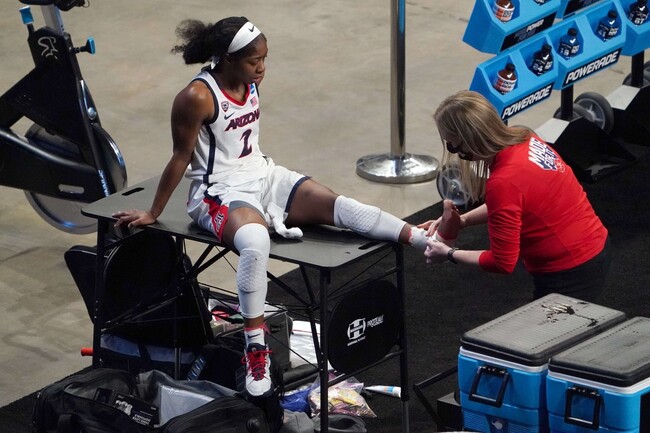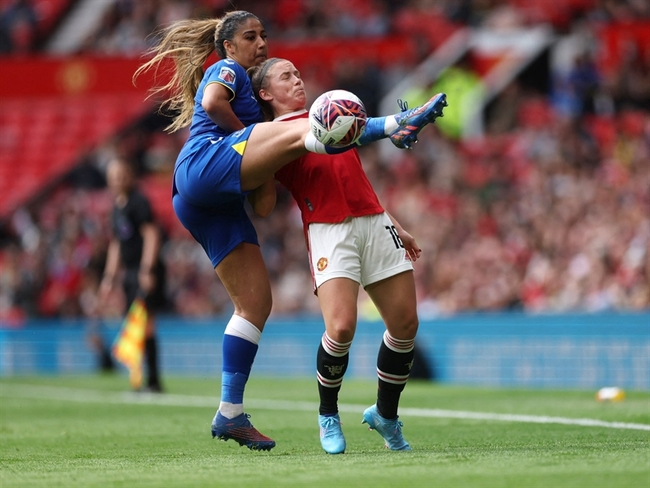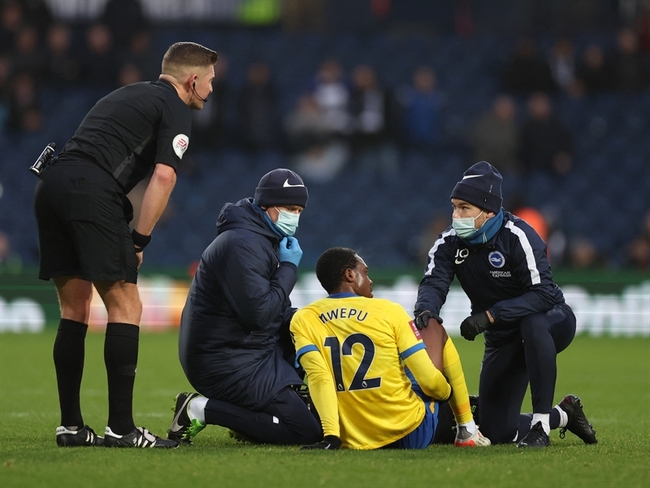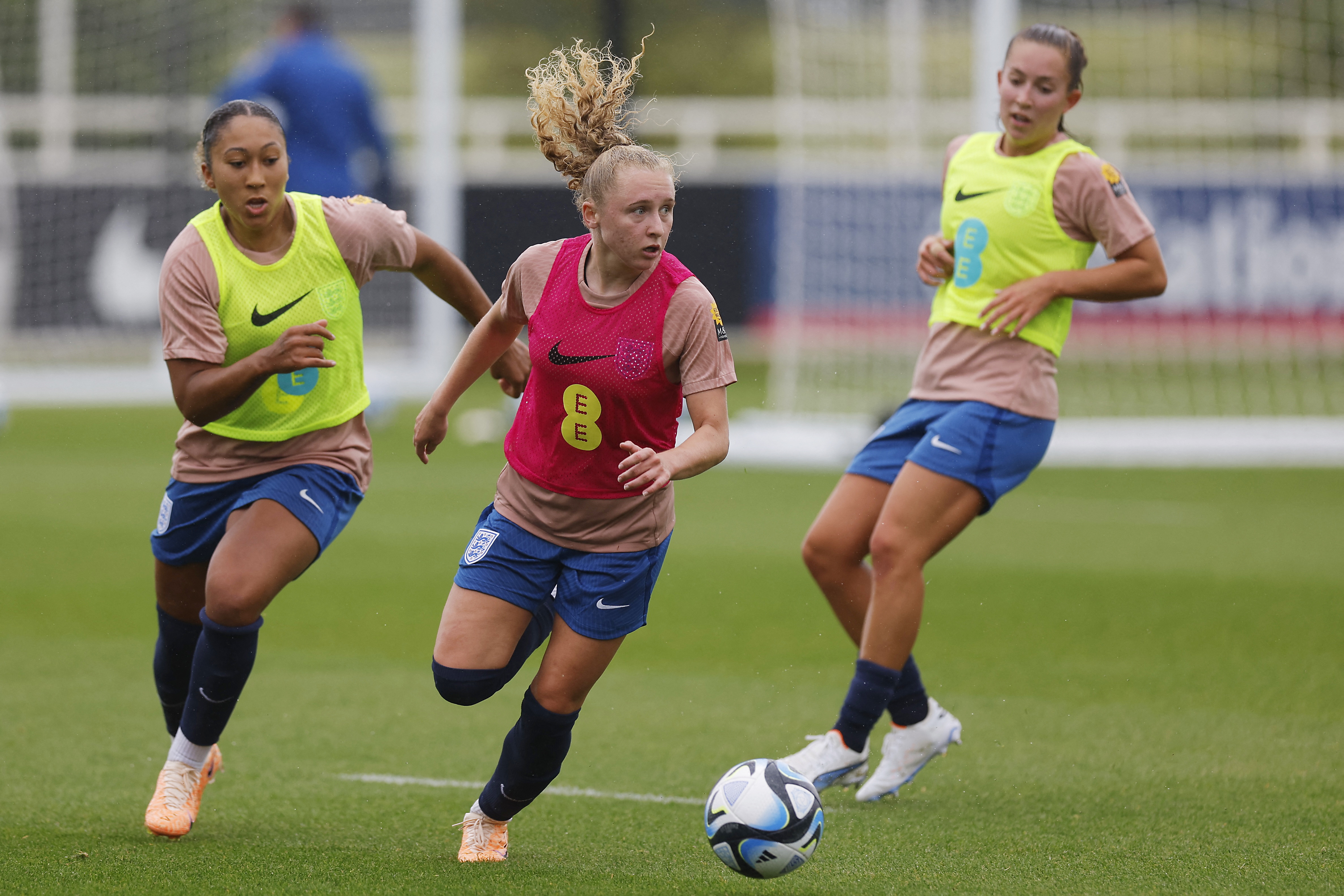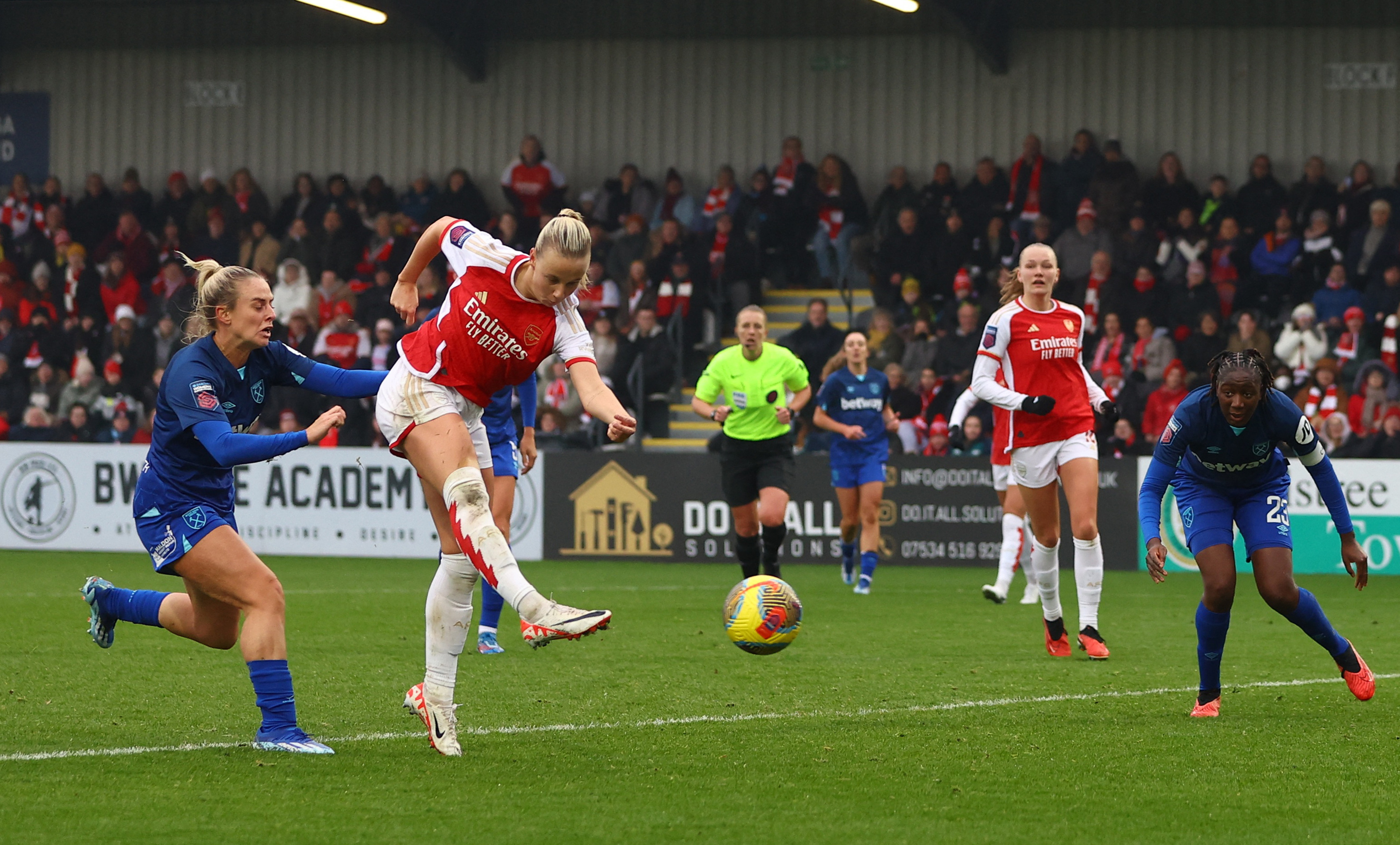You are viewing 1 of your 1 free articles
A tale of two halves: the differences in muscle stiffness during menstruation
Paper title: Assessing the differences in muscle stiffness measured with shear wave elastography and myotonometer during the menstrual cycle in young women
Publication: Clinical Physiology and Functional Imaging
Publication date: May 2022
INTRODUCTION
One of the most important factors in maintaining dynamic knee stability is muscle stiffness, which is proportional to muscle fiber recruitment and contributes to muscle length. Therefore, muscle stiffness is more crucial to knee stability than muscular strength. The menstrual cycle does not affect muscle strength, but muscle stiffness may be affected by fluctuating levels of hormones across the menstrual cycle. In the ankle joint, important stabilizers include the tibialis anterior (TA) and peroneus muscles, which maintain balance and locomotion. In particular, the triceps surae stabilizes body position, but the gastrocnemius is more influential than the soleus, which alters plantar flexion force and balance. Therefore, this study assessed the differences in muscle stiffness of the medial gastrocnemius (MG) and tibialis anterior (TA) muscles at rest and contraction during ovulation and follicular phases in eumenorrheic women.
“…muscle stiffness is lower during ovulation than during the follicular phase in eumenorrheic women.”
METHODOLOGY
Thirty-four eumenorrheic women (mean age 21.3 ± 1.3 years) participated in this study. The stiffness of the TA and MG muscles at rest and during voluntary contraction was measured using shear wave elastography (SWE) and a handheld myotonometer (MyotonPRO) during ovulation and follicular phases.
RESULTS AND CLINICAL IMPLICATIONS
At rest, the mean muscle stiffness of the MG and TA was the same during the follicular and ovulation phases. However, during contraction, when using the MyotronPRO, both muscles showed a greater stiffness in the follicular phase than at ovulation; while SWE detected the difference only in the TA. The study results support previous evidence that muscle stiffness is lower during ovulation than during the follicular phase in eumenorrheic women. As muscle stiffness affects the risk of injury during sports performance and mechanical muscle properties change during the menstrual cycle, sports practitioners should account for this in training and injury prevention regimes for female athletes.
Related Files
Newsletter Sign Up
Subscriber Testimonials
Dr. Alexandra Fandetti-Robin, Back & Body Chiropractic
Elspeth Cowell MSCh DpodM SRCh HCPC reg
William Hunter, Nuffield Health
Newsletter Sign Up
Coaches Testimonials
Dr. Alexandra Fandetti-Robin, Back & Body Chiropractic
Elspeth Cowell MSCh DpodM SRCh HCPC reg
William Hunter, Nuffield Health
Be at the leading edge of sports injury management
Our international team of qualified experts (see above) spend hours poring over scores of technical journals and medical papers that even the most interested professionals don't have time to read.
For 17 years, we've helped hard-working physiotherapists and sports professionals like you, overwhelmed by the vast amount of new research, bring science to their treatment. Sports Injury Bulletin is the ideal resource for practitioners too busy to cull through all the monthly journals to find meaningful and applicable studies.
*includes 3 coaching manuals
Get Inspired
All the latest techniques and approaches
Sports Injury Bulletin brings together a worldwide panel of experts – including physiotherapists, doctors, researchers and sports scientists. Together we deliver everything you need to help your clients avoid – or recover as quickly as possible from – injuries.
We strip away the scientific jargon and deliver you easy-to-follow training exercises, nutrition tips, psychological strategies and recovery programmes and exercises in plain English.

